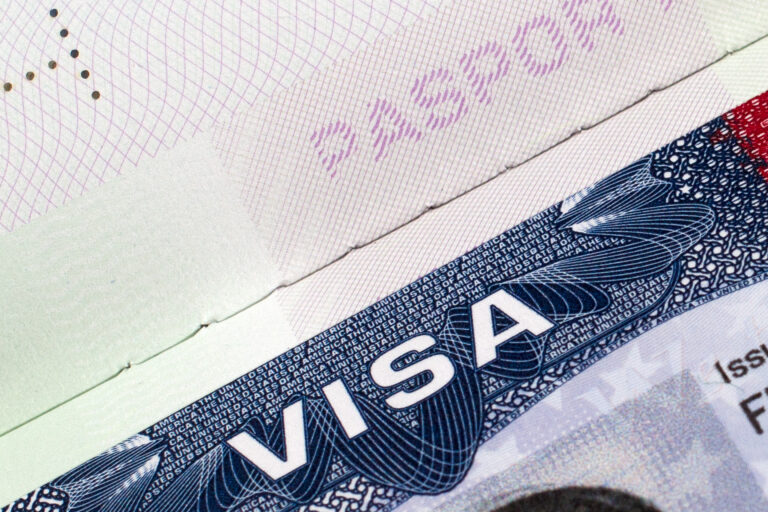Navigating the Visa Bulletin might seem tricky, but it is a monthly report from the U.S. Department of State that tells us about visa availability and dates for different types of visas. This guide breaks down how to understand it, giving you expert tips for a smoother immigration process.
At the outset, it is important to understand a few crucial concepts when talking about Visa Bulletin.
- Why is there a visa bulletin? There are at least 226,000 Green Cards available for Family based and 140,000 for employment based. Every year there are more applicants than Green Cards available which create a backlog and the necessity of creating a Visa Bulletin to regulate that.
- Charts: what is a chart? A “chart” refers to the specific set of cutoff dates published by the U.S. Department of State each month. These charts provide valuable information about the availability of immigrant visa numbers for both family-sponsored and employment-based categories, as well as the eligibility to file an adjustment of status application. The Visa Bulletin includes Chart (A) Final Action Dates and Chart (B) Dates for Filing Visa Applications.
- Categories and Chargeability Areas: Each category and country combination is assigned a priority date. Family-Sponsored Preferences (F1 to F4) and Employment-Based Preferences (EB1 to EB5).
- Priority date: The priority date can be found on the I-797A receipt next to the receipt date (insert image).
Now let’s read the Visa Bulletin.
Important general steps to follow:
1. Identify the Family-Sponsored or Employment-Based category corresponding to the visa petition.
2. Find your country of chargeability which is usually your country of birth.
3. Locate the priority date on the I-797A receipt and then on the Visa Bulletin chart.
4. If the priority date is earlier than the listed date, it means that you are current, and you may proceed with the visa application process at the U.S. consulate or embassy in your home country or adjust your status if you are already in the U.S.
Consular Processing: You usually have to check the Dates for filing for Family-sponsored preferences and Employment-Based categories.
Adjustment of Status: If you are in the United States and looking to adjust your status you will look at the final action date unless USCIS tells you otherwise. As of February 2024, for all employment-based preference categories, you must use the Dates for Filing chart
USCIS’s interpretation of the Visa Bulletin may change from time to time based on visa availability, demand, and USCIS’s operational priorities. You should regularly check USCIS announcements and the Visa Bulletin to determine which chart is applicable at a given time.
Visa Bulletin Tips:
- Visa numbers are limited for each category and country, which may result in a backlog, causing priority dates to retrogress or move backward.
- The “C” symbol indicates that a category is current, meaning there is no backlog, and visas are immediately available. In other words you are ready to adjust your status or if you are abroad, the US consulate of your home country will reach out to you.
- The symbol “U” means unauthorized.
- Visa Bulletins for family-sponsored and employment-based categories are usually different, so be sure to refer to the correct bulletin.
- If you are the spouse, parent, or unmarried child under the age of 21 of a US citizen, there is no backlog for you and you do not need to look at the visa bulletin.
- If you filed under the EB-2 category and you see that there is a backlog in your category you CAN EVENTUALLY downgrade to EB-3 under certain conditions.
- If there are more Green Cards available than applicants, USCIS will let you use the dates for filing charts for Adjustment of status.
The Donald Gross Law Group specializes in family-based and employment-based green card applications. With our guidance, you can maximize your chances of a successful immigration journey. Stay up-to-date with the latest developments and benefit from personalized support every step of the way.

